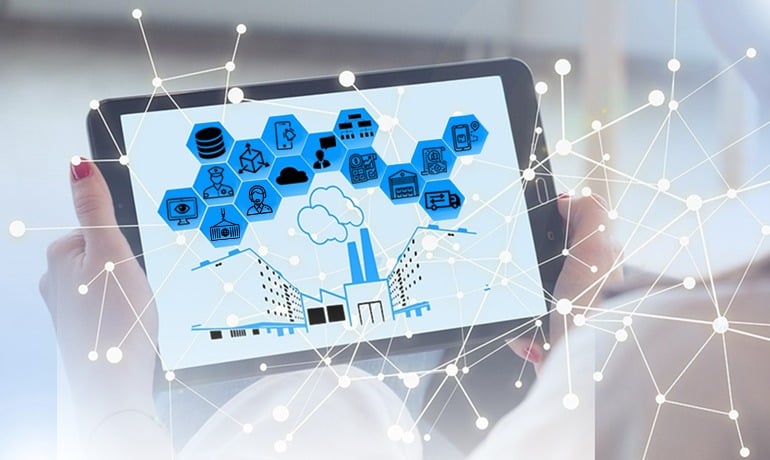- By Softlink Global
- July 4, 2022
- Logistics
As if 30 minutes were too much, Quick Service Restaurants are upping their game by delivering food in about 10 minutes.
Same-day and next-day delivery concepts are making even two days a really long time for receiving e-commerce deliveries.
One could argue that faster delivery times are due to the intense competition and companies trying to distinguish themselves. But the underlying reason is that it’s possible!
The advancement in logistics infrastructure and the infusion of technology has made it possible to connect buyers and sellers and establish a quick-delivery network.
The growth of logistics in India was fuelled by the rising Internet and mobile phone penetration in recent decades. The pandemic mandates (or facilities) like “contactless delivery” and “online payments” have made customers hook onto digital platforms spurring logistics optimization.
India has been able to suffice the need for faster and cost-effective deliveries keeping pace with global standards. But one area that’s keeping India aloof globally, is the elevated logistics cost incurred. The figure stands at about 13% of India’s GDP. If India must be among the global leaders, the cost should be brought down to 8%. We discuss the factors influencing the rise and demand for logistics in India and the growth we could expect soon.
Supportive measures for growth
The key drivers of logistics growth have been government reforms toward increased port capacity and the rise of e-commerce. Newly-announced dedicated freight corridors, Multimodal Logistics Parks and intermodal station development encourage effective freight movement.
Warehouses adopting technologies including IoT devices, RFIDs, RPA, automated sorters and handlers are boosting in-house operations and in turn, aiding speedy cargo movement. Newly announced trade policies have also helped in promoting bilateral trade and strengthening global business.
The govt. of India has given the backing of Foreign Direct Investment (FDI) for the logistics sector which is expected to be worth $215 Billion by the end of the year. The global focus on climate control has caused logistics companies to take action via green logistics initiatives. With e-commerce companies committed to delivering 30% of shipments using Electric Vehicles opens up opportunities for further investment.
Learn more from our experts how you can digitalize your freight forwarding & logistics business.
Hurdles In The Progressive Logistics Movement
India is still heavily reliant on physical labor in the logistics domain. The lack of skilled personnel is affecting the efficiency of operations. Spending on the betterment of skills of personnel with the maximum utilization of technology can bring open avenues of growth.
In the bid to bring down the overall domestic logistics cost to 8% of the GDP, equal efforts are required from companies and government bodies. Technology adoption is relatively low and only its widespread adoption can contribute to a mass standardization and consequent transformation of the logistics industry.
Expected Advancement of Logistics
Integrated logistics services
There is a growing need to reduce the costs of logistics. Consolidation and integration help to combine smaller costs and reduce the processing time. Cloud-based freight ERP has drastically reduced the demand for multiple software and dedicated expensive hardware. For seamless collaboration between remote functional teams and stakeholders, cloud technology has been a breakthrough. We can further expect integration not only between modes of transportation but also between the users and service providers.
Reduce operational expenses with technology
Logistics can suffer for not being agile in dynamic conditions. Technology comes to the rescue by bringing stability in uncertain economic situations. Automation can replace manual efforts that take hours of repeated entries. Additional costs incurred by human errors via penalties and fines are eliminated with technology.
Strategic planning can bring down overhead expenses, improve cash flows and boost profit gains. Dedicated resources for handling track and trace are better equipped with customer portals and mobile apps for real-time notifications.
Elevating logistics to enrich the economy
Logistics growth is on track to position India even higher up on the Logistics Performance Index (LPI). The digital transformation of the Indian logistics sector means a potential valuation of USD 1.5 trillion. Logistics is already the underlying factor for the development of many industries. With an additional push, logistics can become a major contributor to the Indian economy by taking constant measures to reduce costs.


